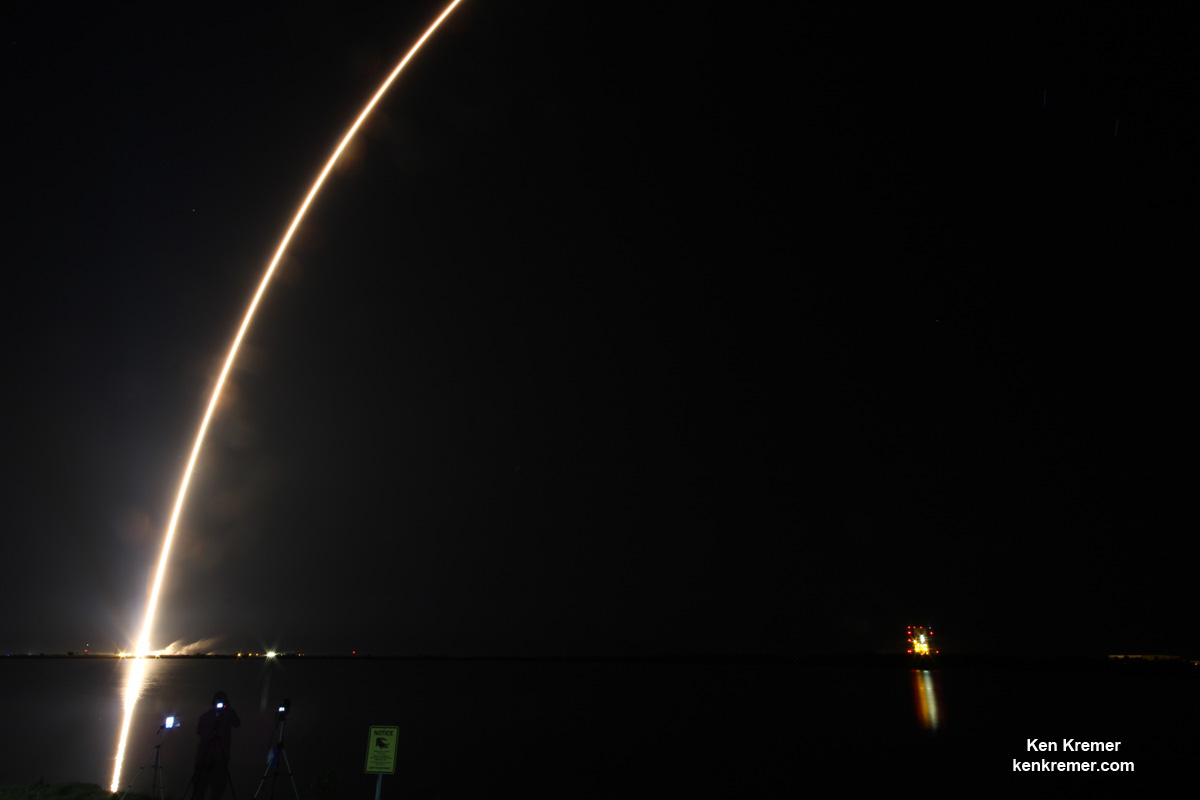
CAPE CANAVERAL AIR FORCE STATION, FL – A U.S. Air Force missile defense reconnaissance observatory that will track the telltale infrared signatures of incoming enemy missiles and is vital to America’s national security blasted off in spectacular fashion this evening, Jan. 20, 2017, as it streaked to orbit from the Florida Space Coast.
The United Launch Alliance Atlas V rocket carrying the $1.2 Billion Space Based Infrared System (SBIRS) GEO Flight 3 infrared imaging satellite lifted off at 7:42 p.m. ET from Space Launch Complex-41 on Cape Canaveral Air Force Station, Fla. – marking the first US east coast launch of 2017.
The SBIRS GEO Flight 3 was launched to geosynchronous transfer orbit to an altitude approx 22,000 miles (36,000 kilometers) above Earth.
The Atlas V was launched southeast at an inclination of 23.29 degrees. SBIRS GEO Flight 3 separated from the 2nd stage as planned 43 minutes after liftoff.
It is also the first of at least eleven launches of Atlas and Delta rockets by the aerospace firm this year.
The on time launch took place at the opening of the 40 minute launch window and after a 24 hour delay – when the launch was scrubbed yesterday (Jan. 19) after an aircraft flew into the Cape’s restricted airspace and could not be diverted in time before the launch window closed.
ULA also had to address sensor issues with the Atlas rockets RD-180 main engine during Thursday’s countdown.
Due to the scrub, the Atlas liftoff counts as the first launch of the Trump Administration rather the last of the Obama Administration.
With the unpredictable North Korean dictator Kim John Un threatening to launch an upgraded long range intercontinental ballistic missile this year that could potentially strike the United States west coast, SBIRS GEO 3 is more important than ever for our national defense.
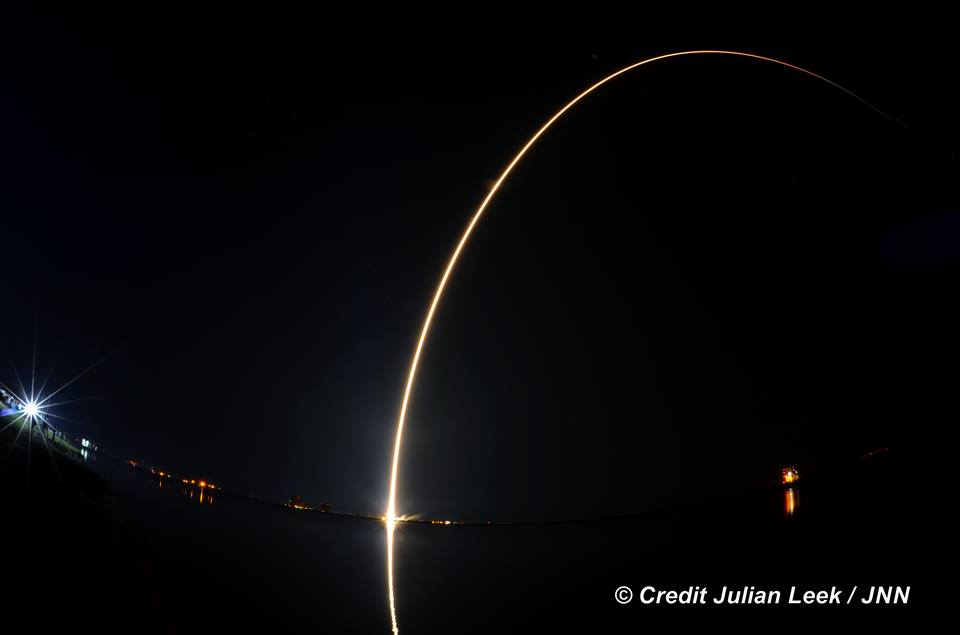
The SBIRS GEO Flight 3 is considered to be one of the highest priority military space programs in defense of the homeland.
The Space Based Infrared System is designed to provide global, persistent, infrared surveillance capabilities to meet 21st century demands in four national security mission areas: missile warning, missile defense, technical intelligence and battlespace awareness.
SBIRS will supplement and replace the legacy Defense Support Program (DSP) satellites currently in orbit and features vastly increased early missile detection and warning capabilities.
“ULA is proud to deliver this critical satellite which will improve surveillance capabilities for our national decision makers,” said Laura Maginnis, ULA vice president of Government Satellite Launch, in a statement.
“I can’t think of a better way to kick off the new year.”
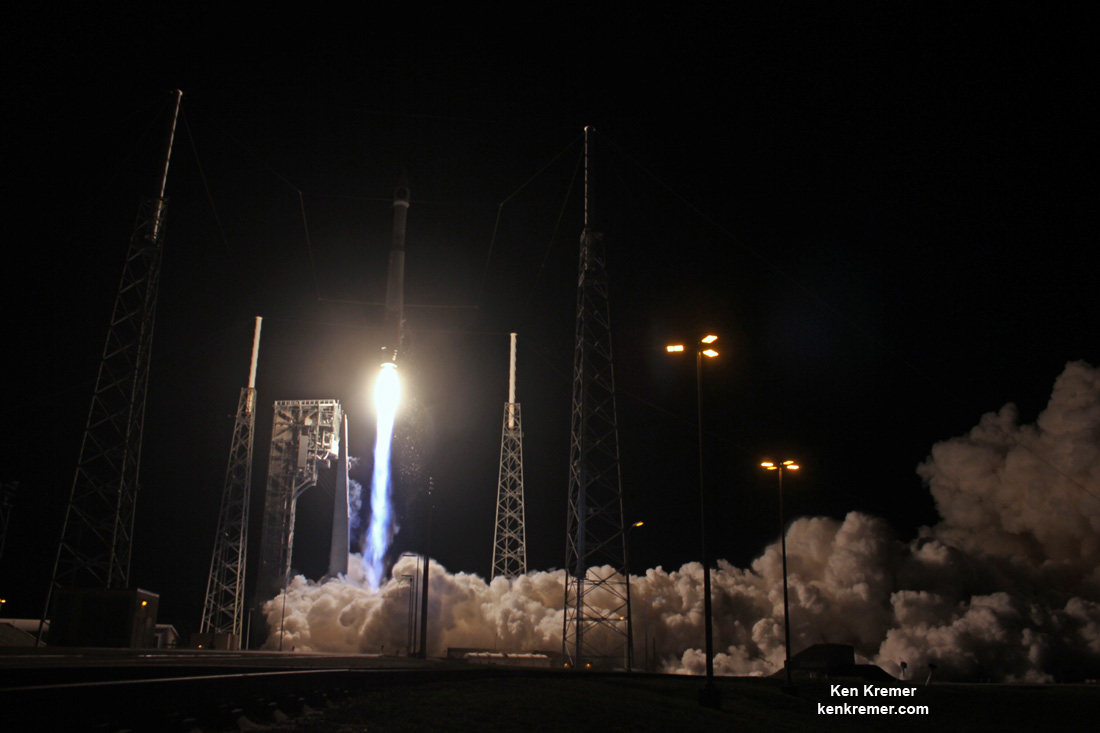
ULA is a joint venture of Boeing and Lockheed Martin with 116 successful launches under its belt after today’s liftoff.
The 194-foot-tall commercial Atlas V booster launched in the 401 rocket configuration with approximately 860,000 pounds of sea level first stage thrust powered by the dual nozzle Russian-built RD AMROSS RD-180 engine. There are no thrust augmenting solids attached to the first stage.
The satellite is housed inside a 4-meter diameter large payload fairing (LPF). The Centaur upper stage is powered by the Aerojet Rocketdyne RL10C engine.
Watch this video showing the detailed mission profile:
Video Caption: An Atlas V 401 configuration rocket will deliver the Air Force’s third Space-Based Infrared System (SBIRS) satellite to orbit. SBIRS, considered one of the nation’s highest priority space programs, is designed to provide global, persistent, infrared surveillance capabilities to meet 21st century demands. Credit: ULA
This mission marks the 34th Atlas V mission in the 401 configuration.
“The Atlas V 401 configuration has become the workhorse of the Atlas V fleet, delivering half of all Atlas V missions to date” said Maginnis.
“ULA understands that even with the most reliable launch vehicles, our sustained mission success is only made possible with seamless integration between our customer and our world class ULA team.”
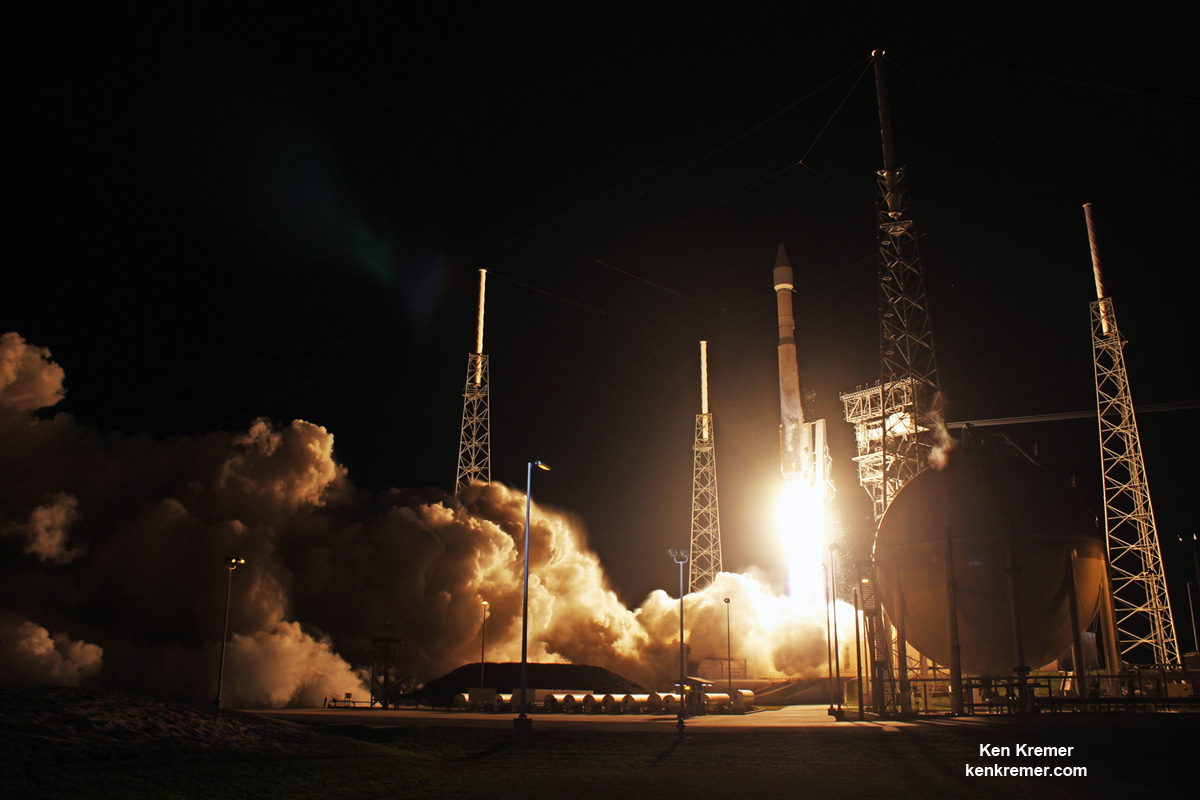
The two prior SBIRS GEO missions also launched on the ULA Atlas V 401 rocket.
The SBIRS team is led by the Remote Sensing Systems Directorate at the U.S. Air Force Space and Missile Systems Center. Lockheed Martin is the prime contractor, with Northrop Grumman as the payload integrator. Air Force Space Command operates the SBIRS system, according to a ULA description.
Stay tuned here for Ken’s continuing Earth and Planetary science and human spaceflight news.
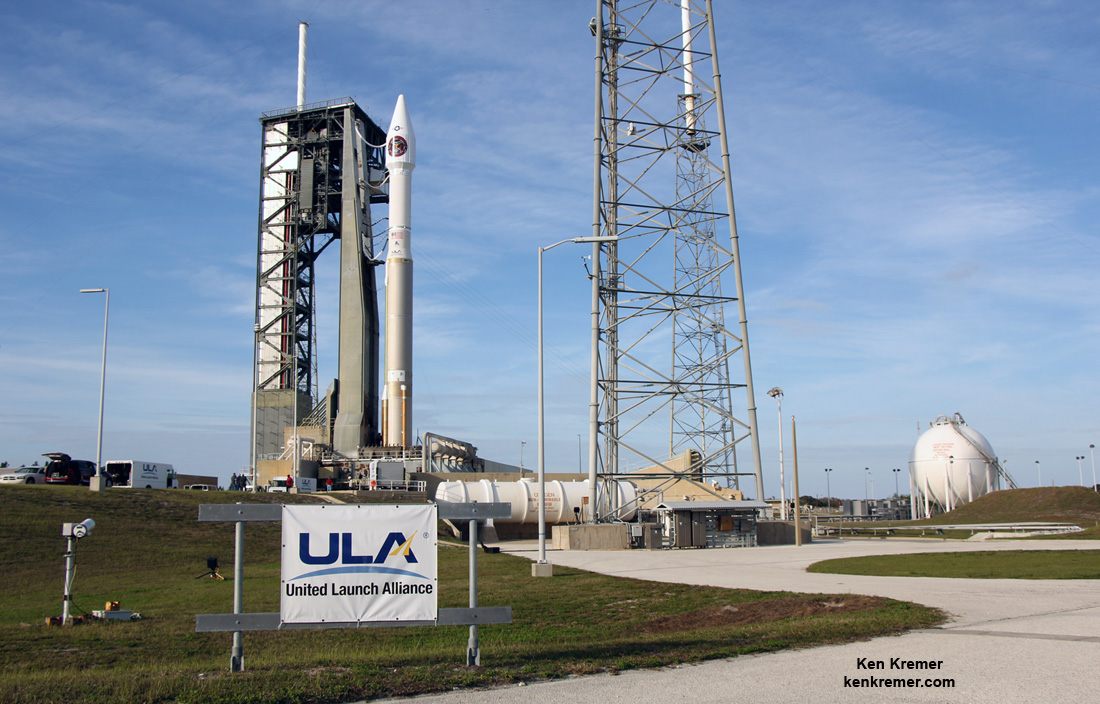


I resigned my office-job and now I am getting paid £64 hourly. How? I work over internet! My old work was making me miserable, so I was forced to try something different, two years after…I can say my life is changed-completely for the better!
Check it out what i do…….>>>>>